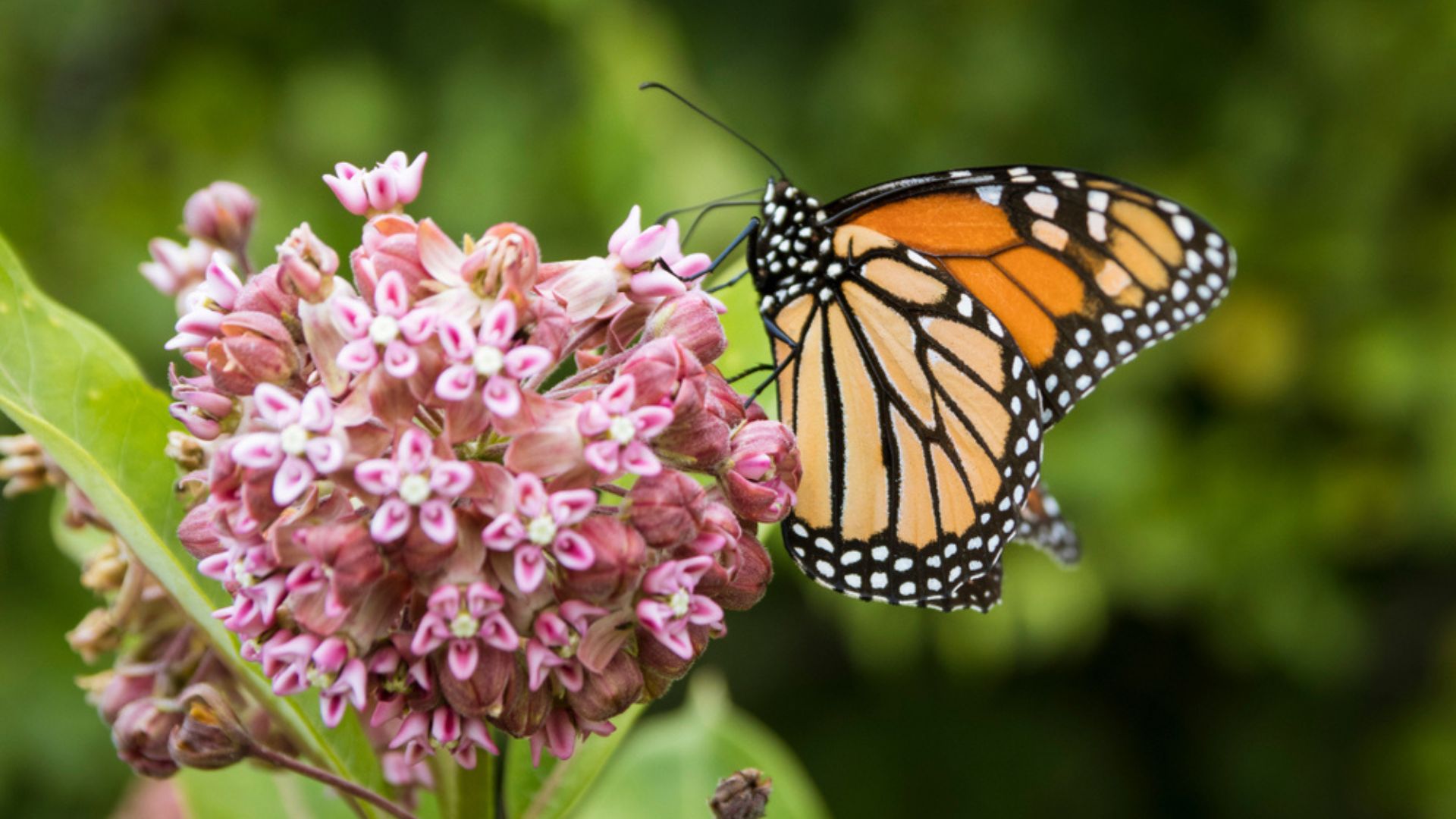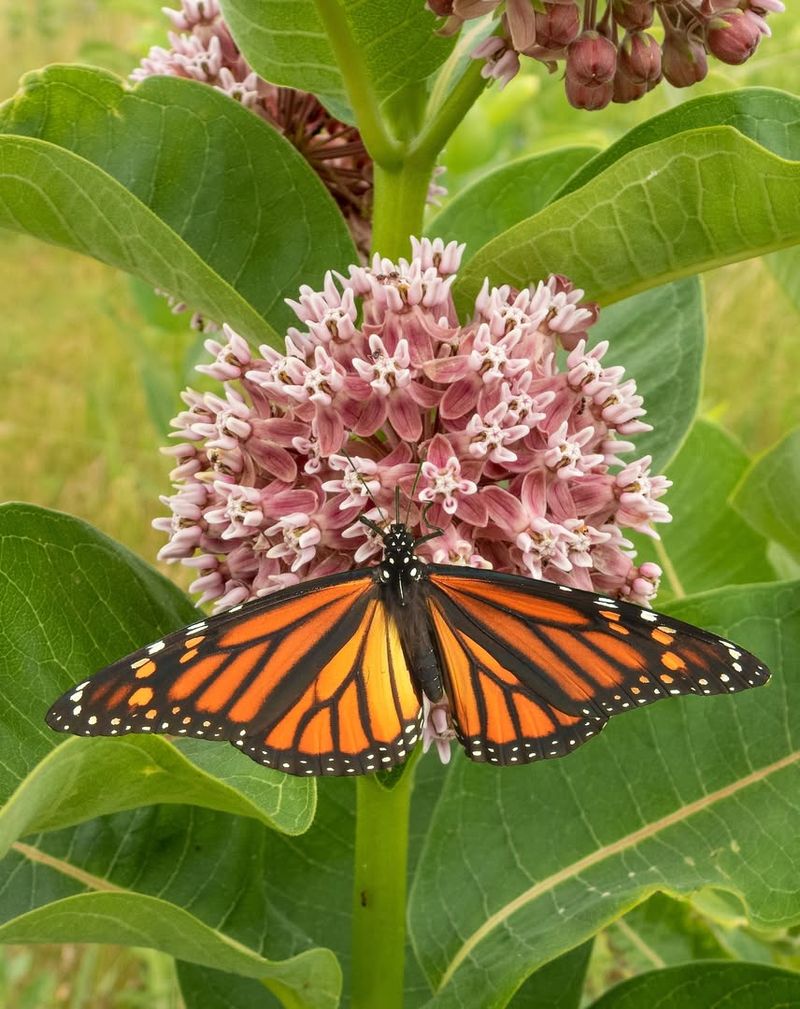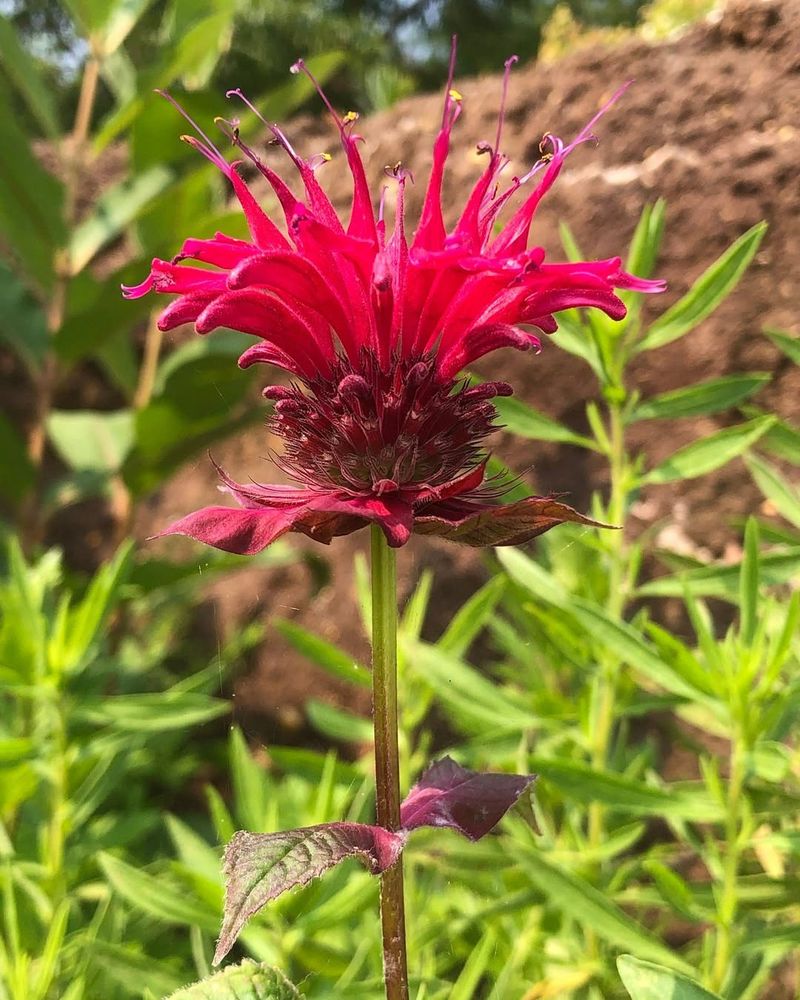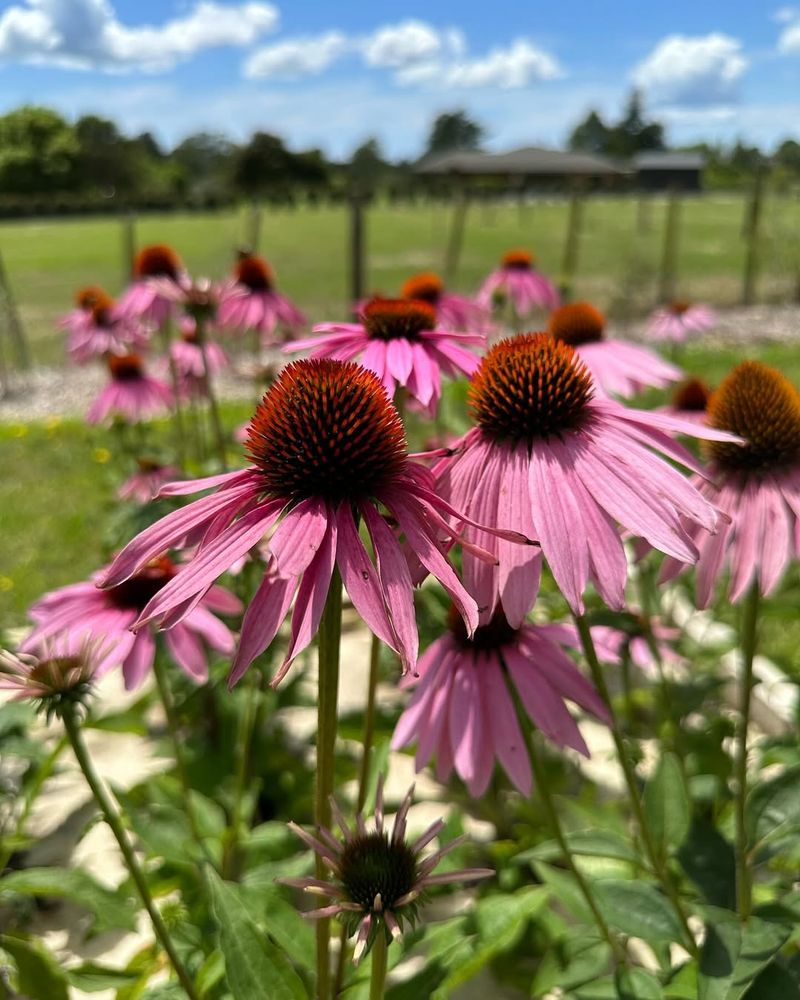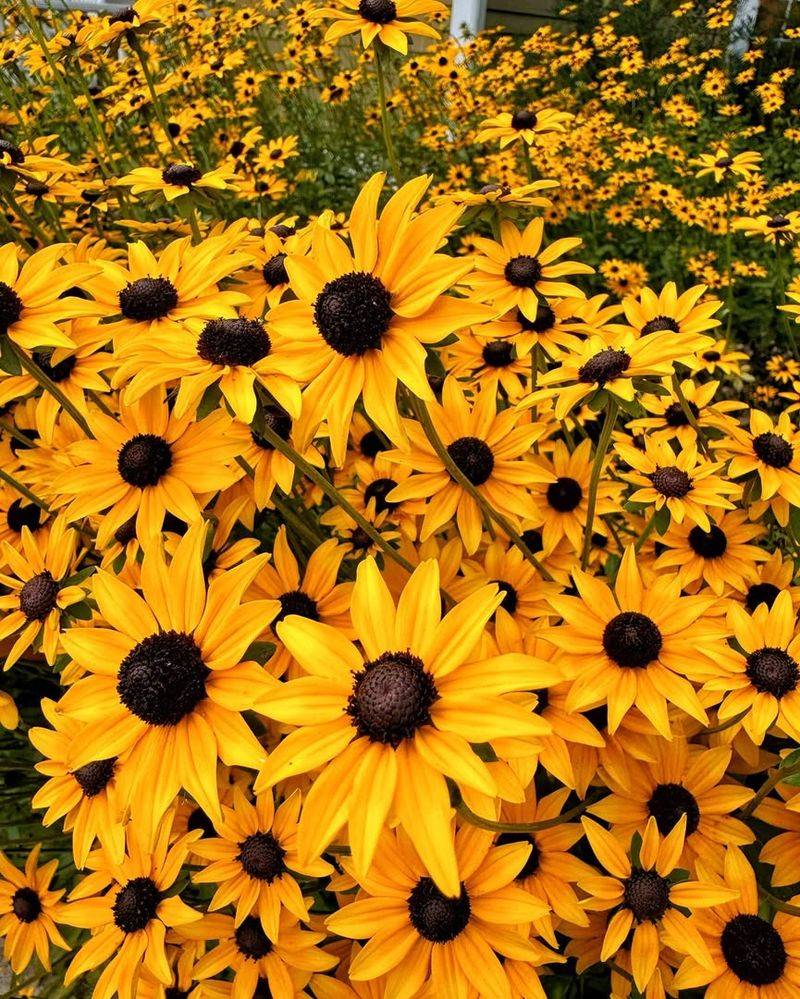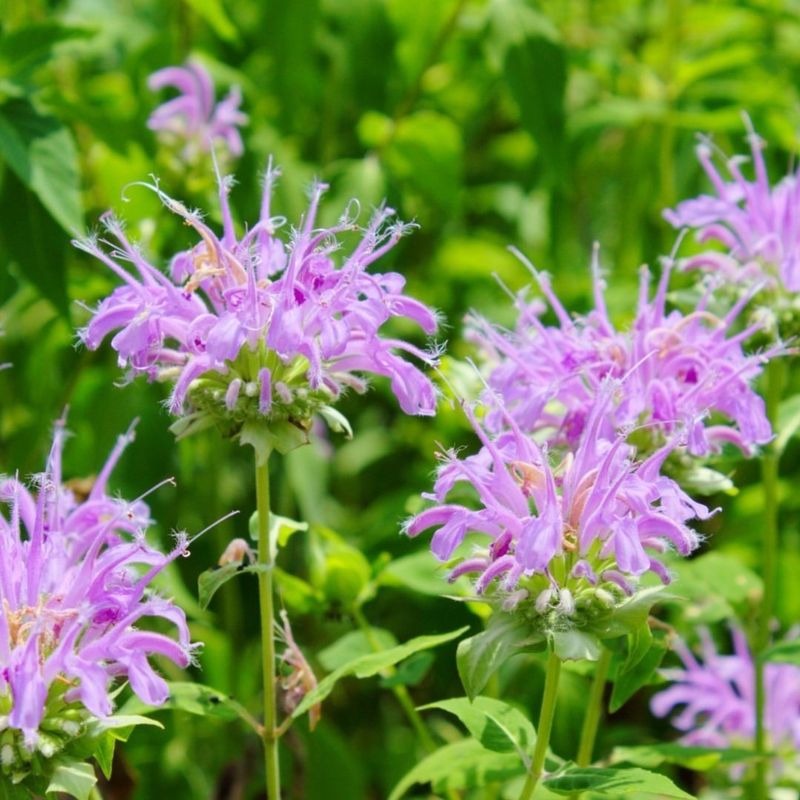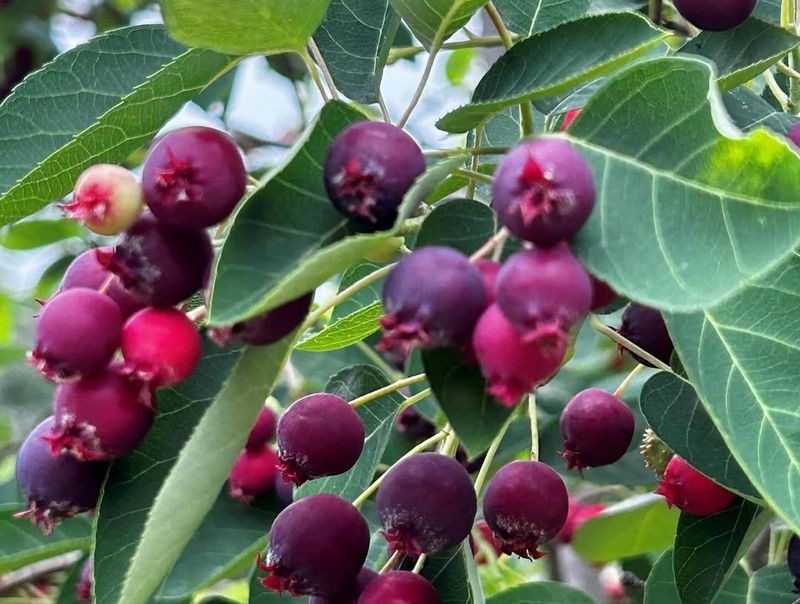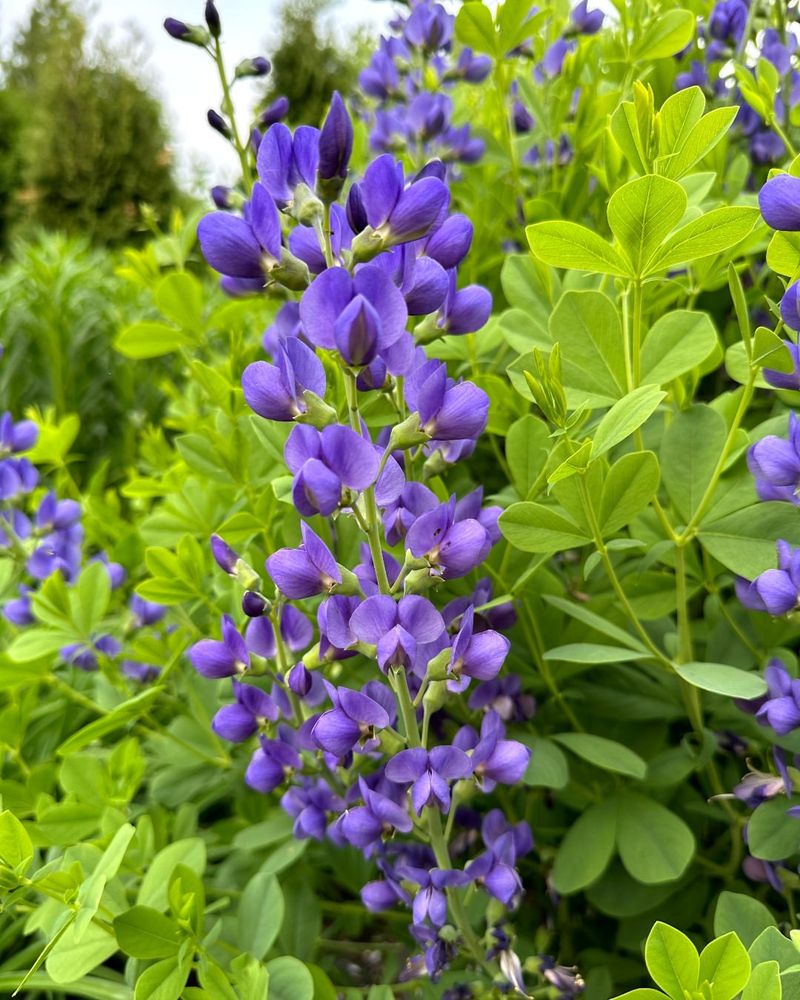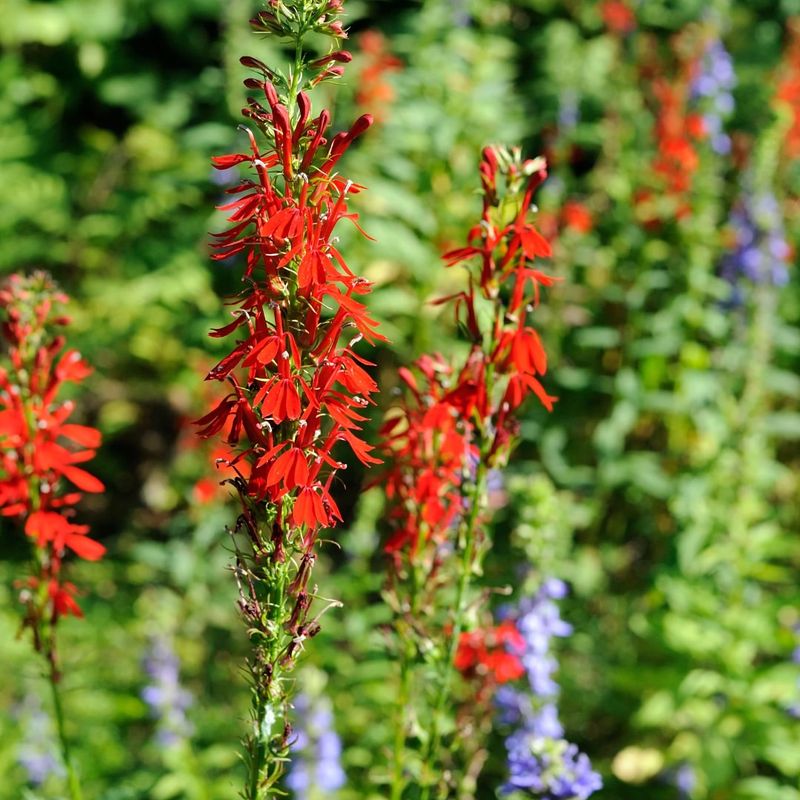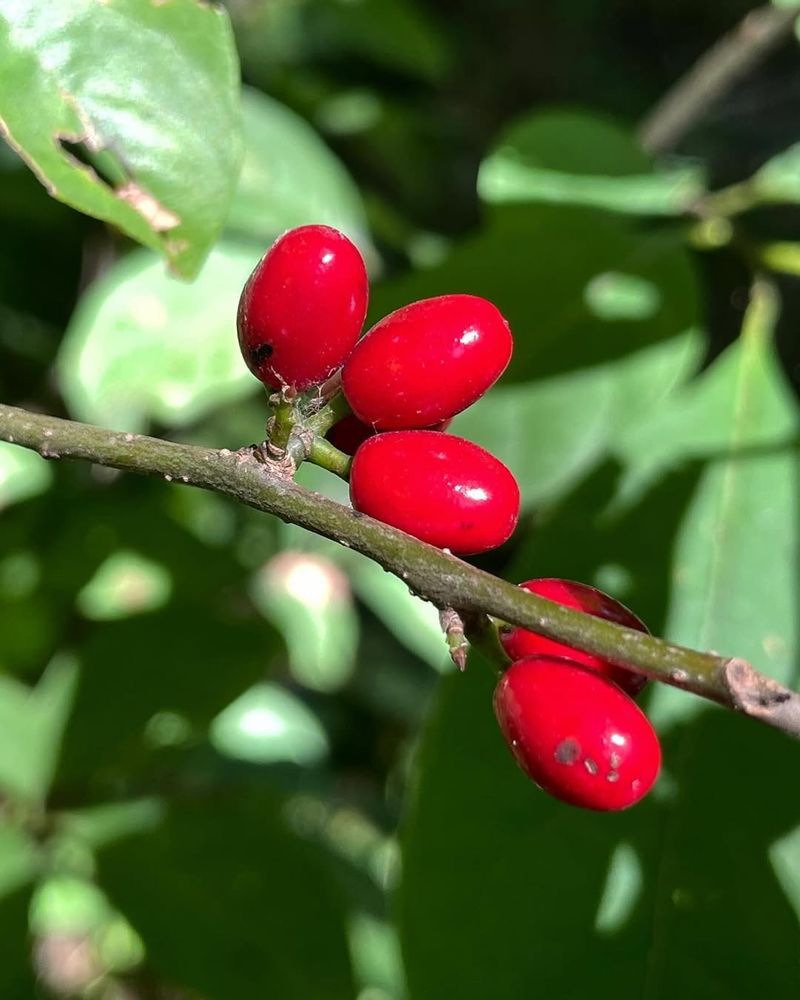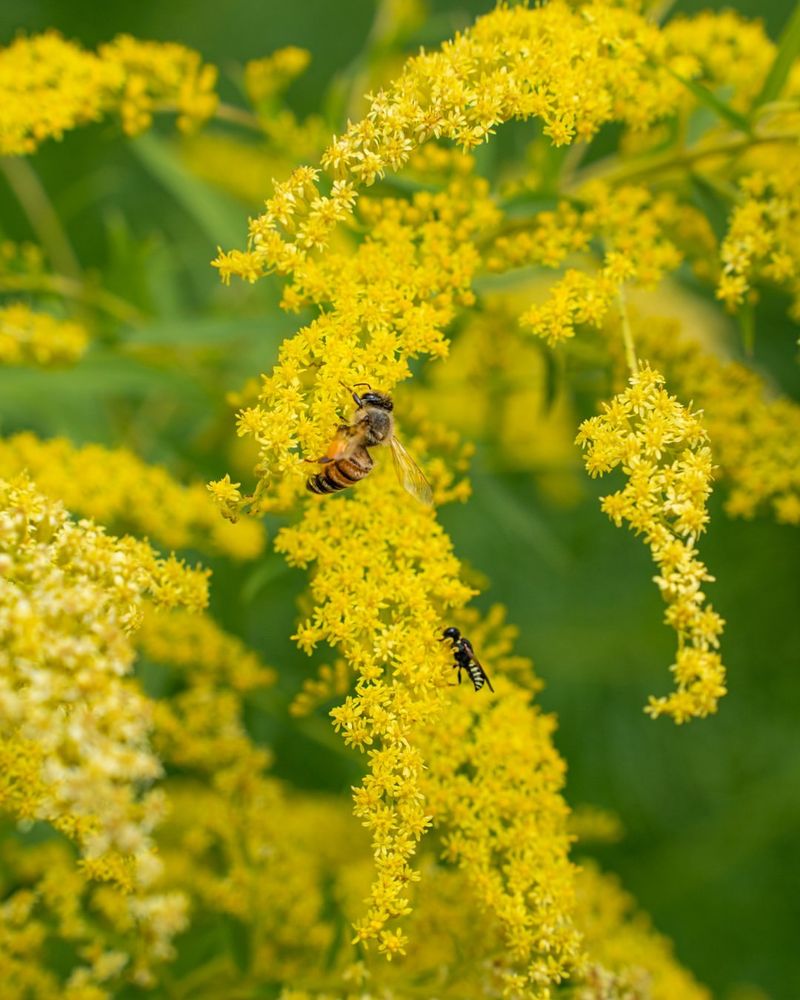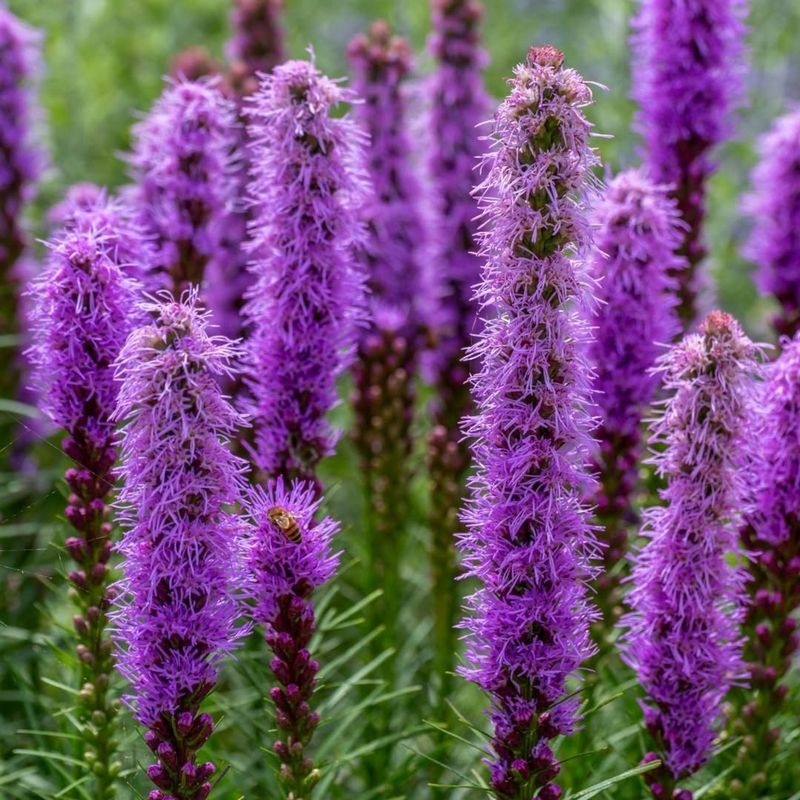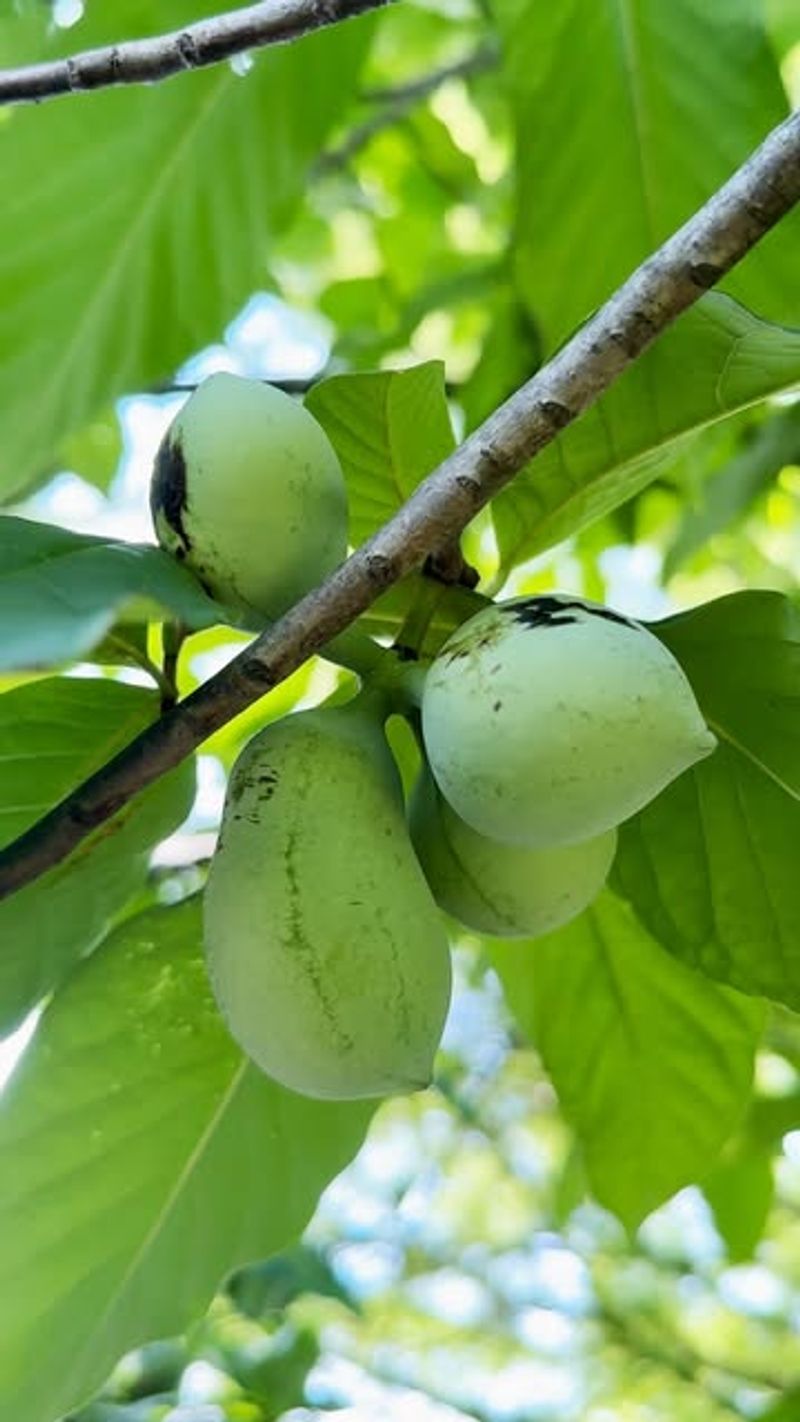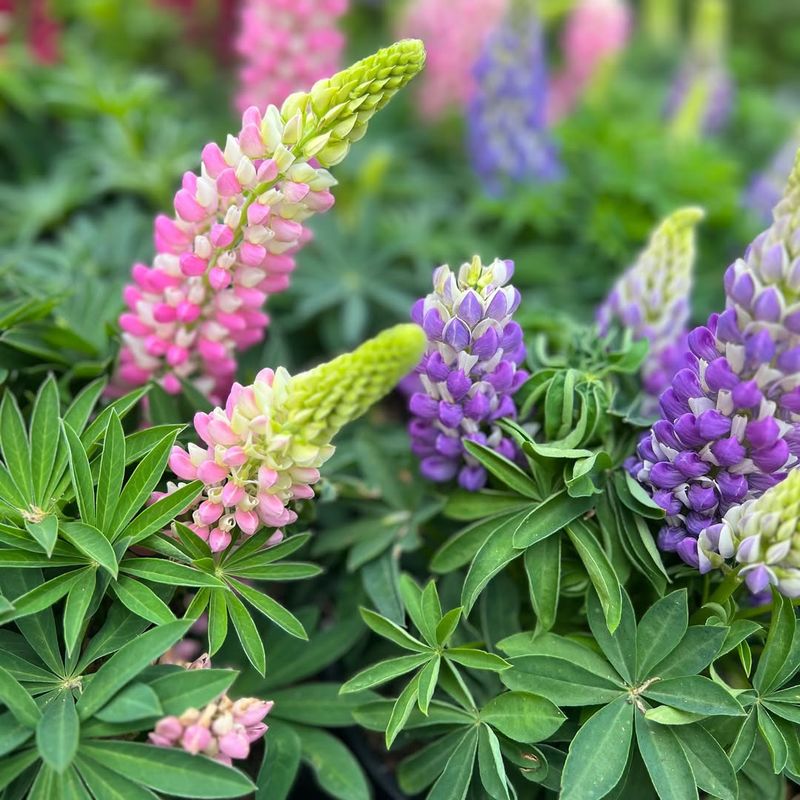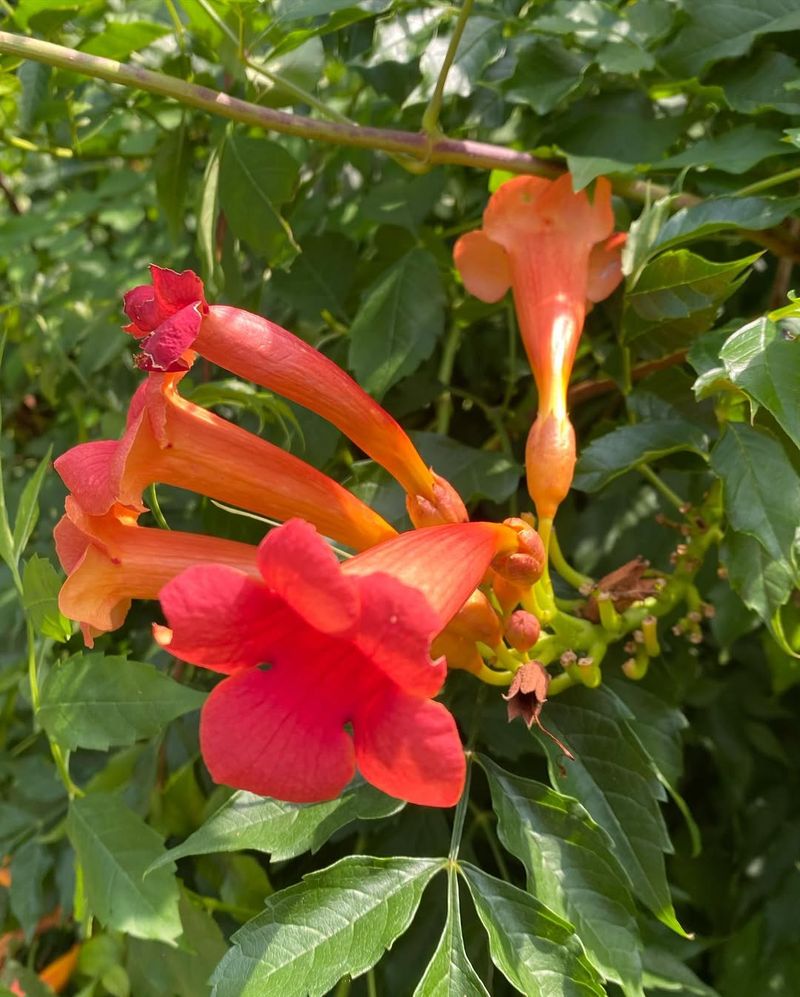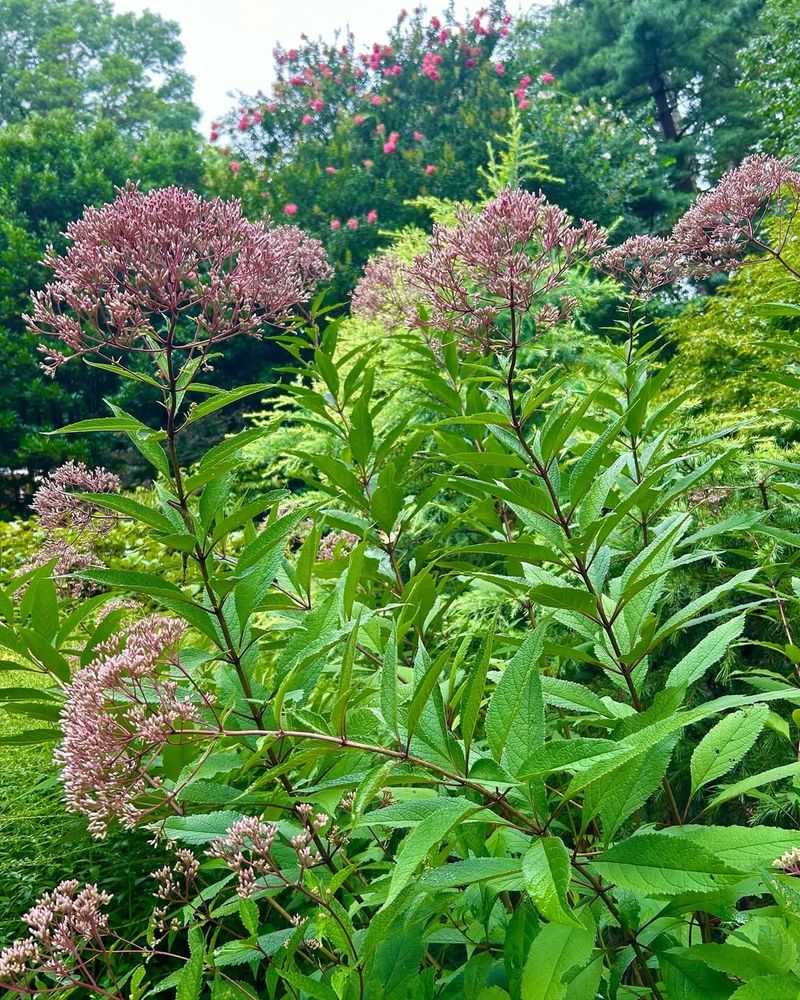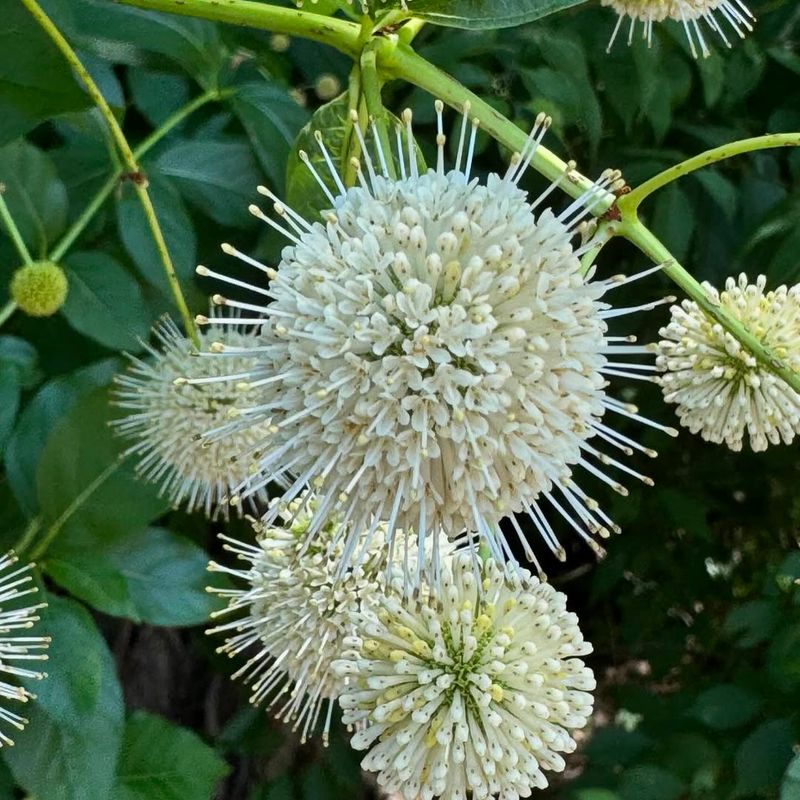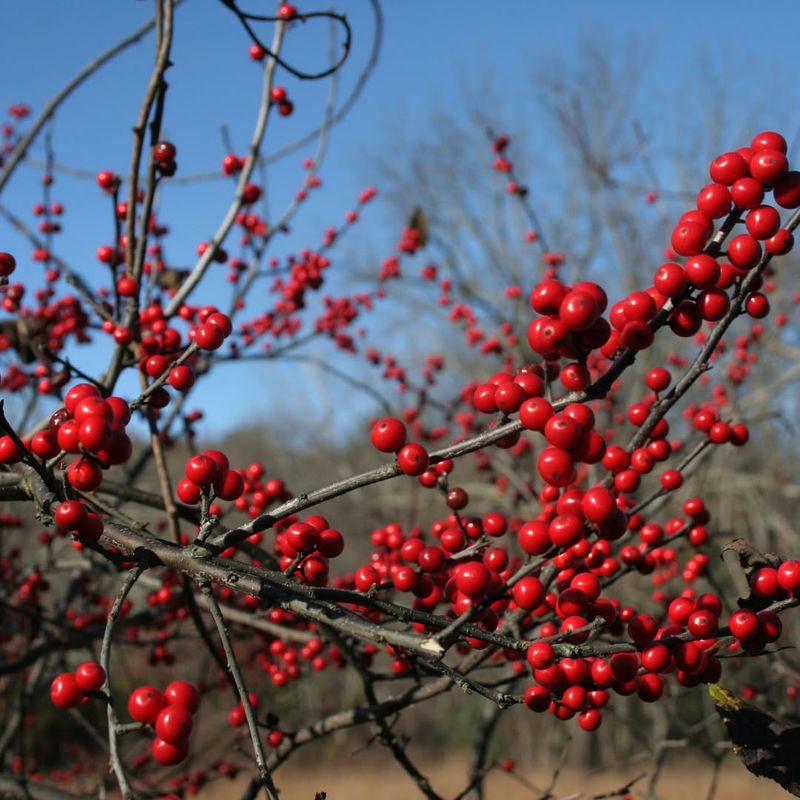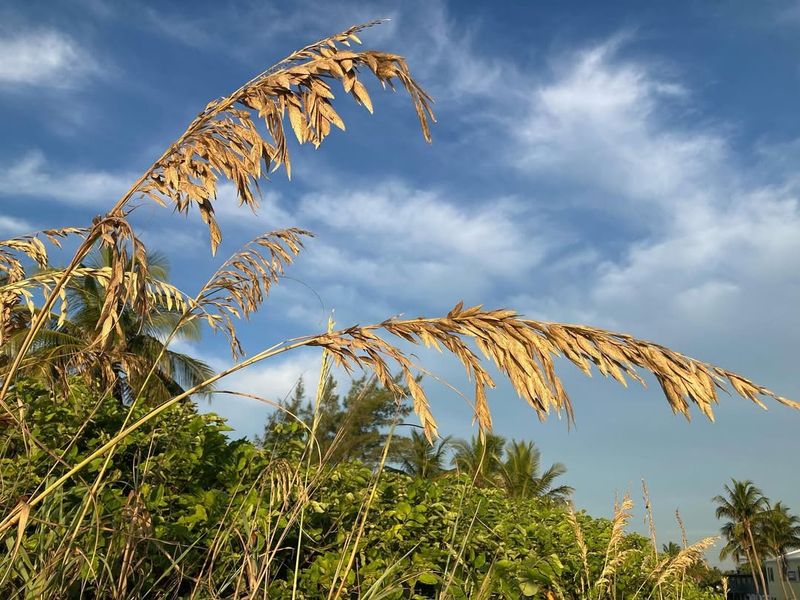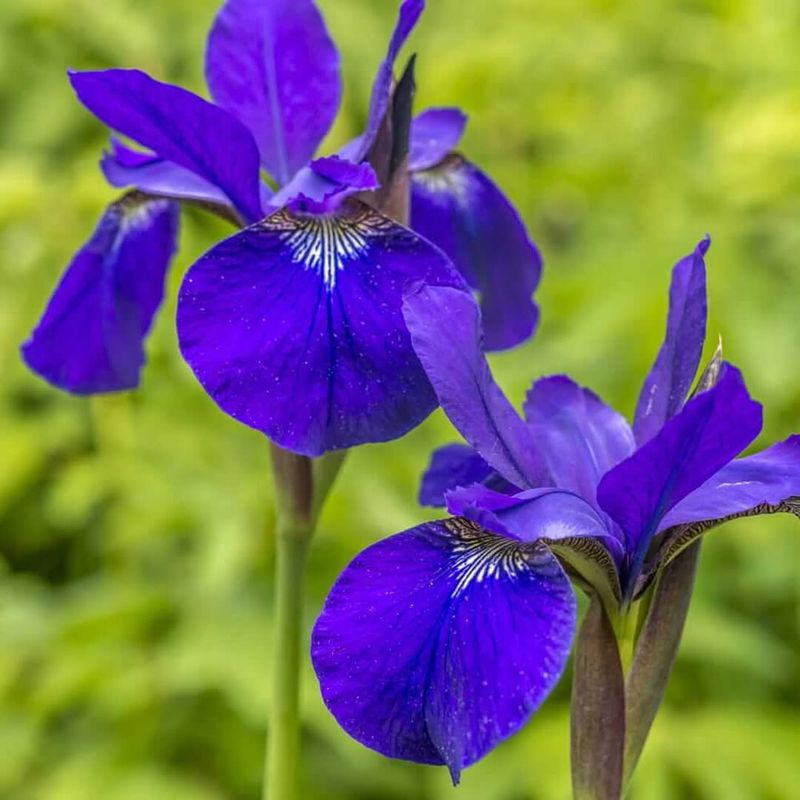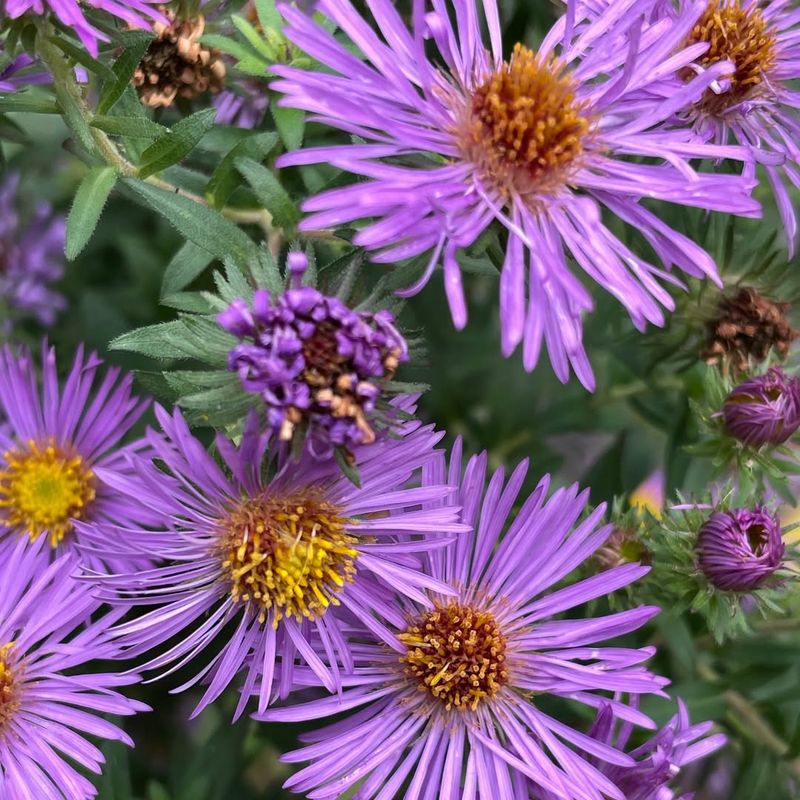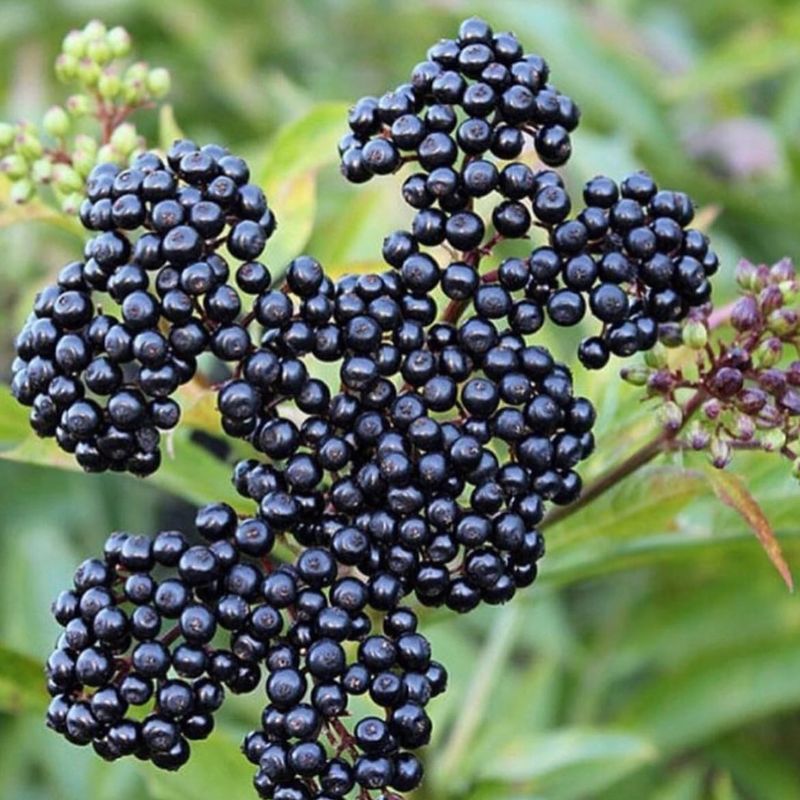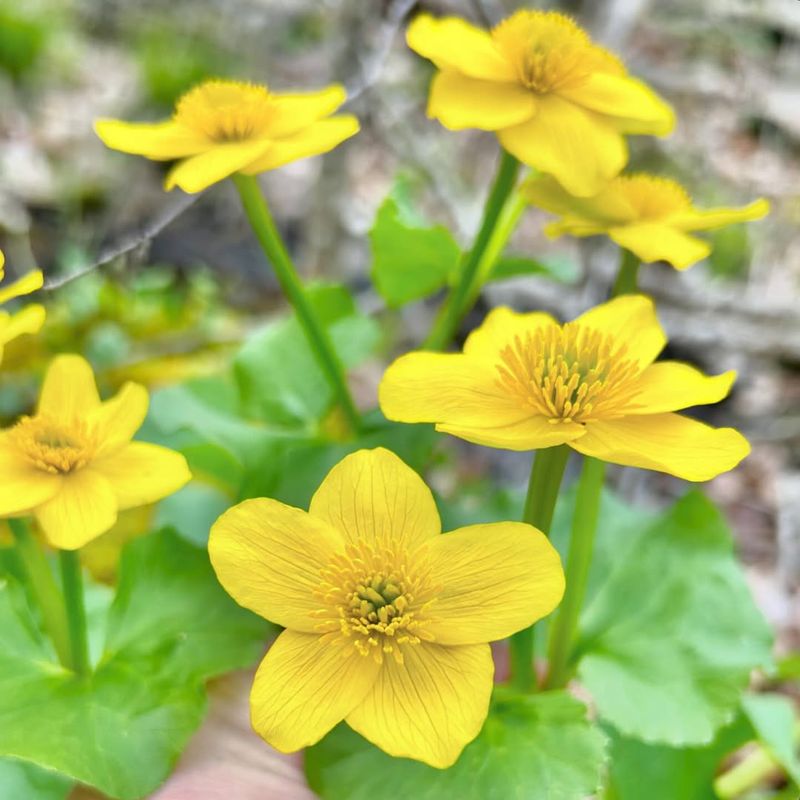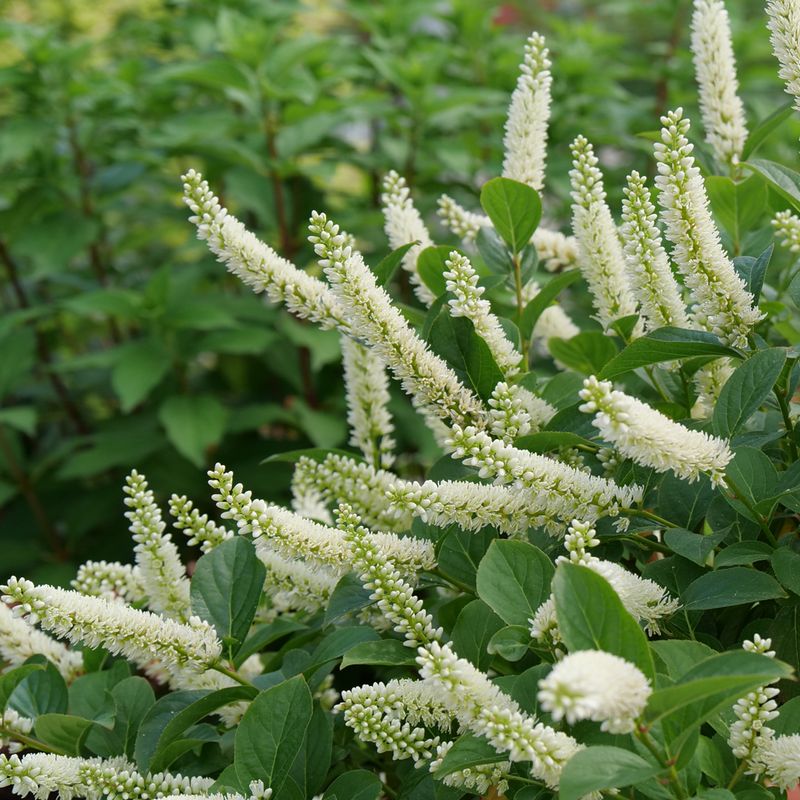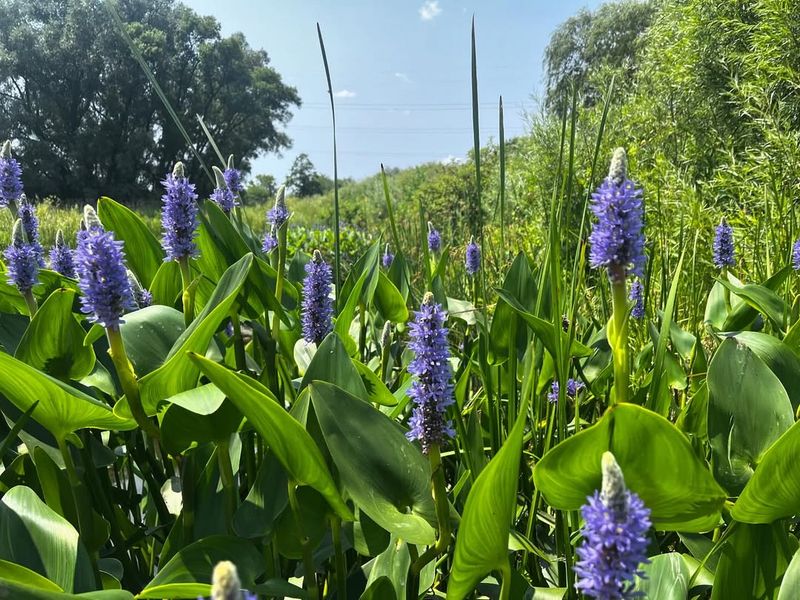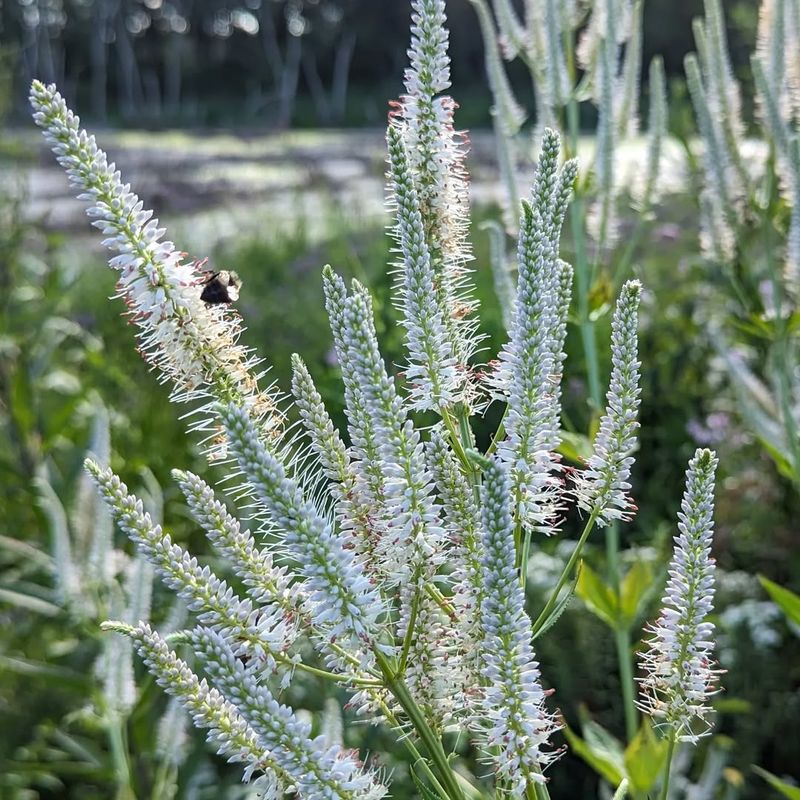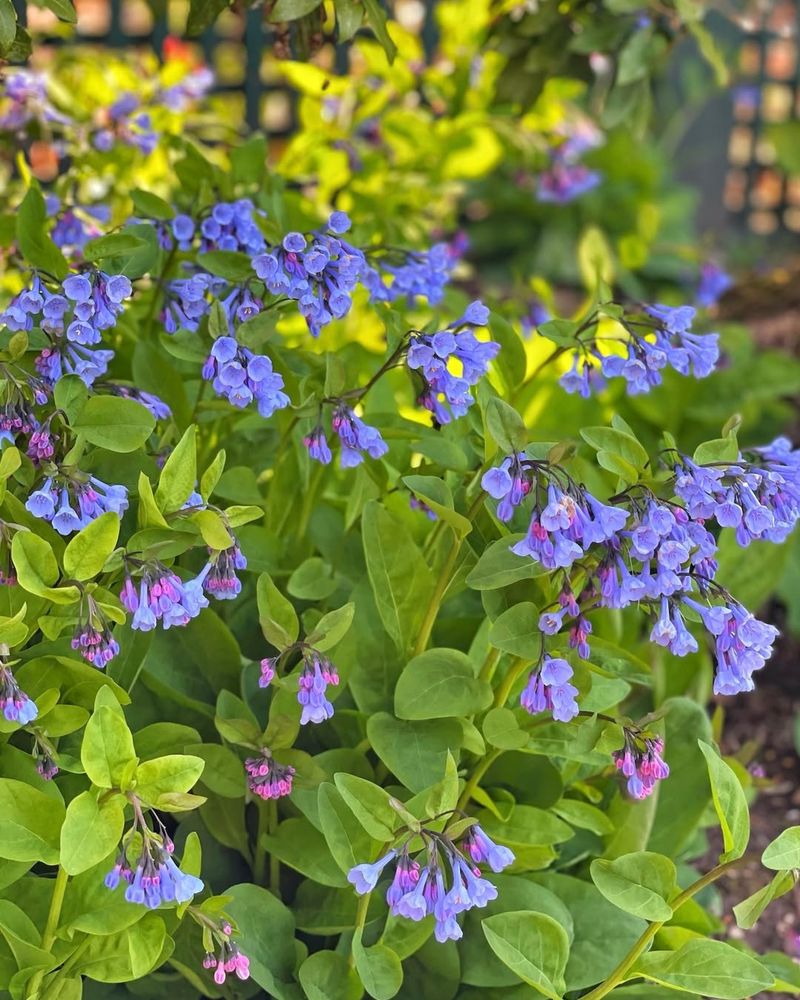Want to be a hero without leaving your backyard? Planting the right greenery can help support threatened and endangered species—no cape required. It’s more than just adding plants; it’s about creating a safe haven for wildlife that keeps ecosystems thriving.
From well-known favorites to some unexpected picks, let’s dive into the plants that can turn your garden into a true wildlife sanctuary.
1. Milkweed
Every garden has a story, but what if yours could help save a species? Milkweed is the lifeline for monarch butterflies, providing them with a place to lay eggs and food for caterpillars. Planting milkweed can turn your yard into a vital habitat, supporting the monarchs’ migration.
You don’t need a large space; milkweed thrives in sunny spots with well-drained soil. Consider planting native species like the common milkweed or swamp milkweed for best results. Watch as these vibrant creatures flutter through your garden, knowing you’ve made a difference.
2. Bee Balm
A plant that attracts a myriad of pollinators. Bee Balm is that plant, known for its striking red blooms. It’s a favorite among bees, butterflies, and hummingbirds.
This perennial is easy to grow and can adapt to various soil types, making it perfect for backyard gardens. Plant bee balm in clusters to create a stunning visual impact while supporting pollinator populations.
By cultivating bee balm, you’re not just growing a beautiful plant, you’re contributing to the survival of essential pollinators.
3. Purple Coneflower
Gardens are often the heart of the home, and with Purple Coneflower, they can be the heart of conservation too. This resilient perennial offers nectar to bees and butterflies throughout the summer.
Whether in full bloom or seed stage, it provides food and shelter for wildlife. Purple Coneflower prefers sunny locations with well-drained soil.
Adding this plant to your garden not only enhances its beauty but also supports the life cycles of many pollinators. It’s a small step with a big impact.
4. Black-eyed Susan
The splash of yellow in your garden could mean more than just beauty. Black-eyed Susan is a magnet for pollinators, attracting bees and butterflies with its bright blooms.
This hardy perennial thrives in most garden conditions and provides a continuous source of nectar from summer to fall.
Planting Black-eyed Susan can transform your yard into an inviting haven for wildlife. It’s a simple way to make your garden a refuge for pollinators, helping maintain biodiversity right at home.
5. Wild Bergamot
Think of a plant that’s a feast for both the eyes and visiting pollinators. Wild Bergamot, with its lavender blooms, is irresistible to bees, butterflies, and hummingbirds.
This perennial thrives in full sun and well-drained soil, making it an excellent choice for supporting wildlife.
Growing Wild Bergamot not only adds a touch of elegance to your garden but also plays a crucial role in maintaining the local ecosystem. It’s an investment in the future of these essential creatures.
6. Serviceberry
A tree that provides both beauty and sustenance, the Serviceberry stands out with its clusters of white flowers that attract bees and brighten any landscape.
Beyond its springtime blooms, it provides berries in early summer, a favorite among birds. This adaptable tree thrives in various soil conditions, making it a versatile addition to any yard.
By planting serviceberry, you’re not just adding elegance to your landscape you’re also supporting local wildlife, offering them food and habitat throughout the year.
7. Wild Indigo
Consider a plant that brings both color and life to your garden. Wild Indigo, with its blue-green leaves and beautiful flowers, is a haven for pollinators.
This hardy native thrives in poor soils and dry conditions, making it a low-maintenance choice for conservation gardening.
Growing Wild Indigo supports bees and butterflies while adding a unique charm to your landscape. It’s a remarkable way to enhance biodiversity and enjoy the interplay of colors and species in your garden.
8. Cardinal Flower
A bold pop of red, the Cardinal Flower catches the eye with its striking spikes, drawing hummingbirds and bringing life to any garden.
Thriving in moist, rich soils, it’s perfect for wetland gardens or areas with consistent moisture.
By planting Cardinal Flowers, you provide critical nectar sources for hummingbirds during their migration. This plant not only enhances your garden’s beauty but also supports the survival of these incredible creatures.
9. Spicebush
Envision a shrub that does more than just sit pretty. Spicebush offers aromatic leaves and yellow flowers that are a feast for spicebush swallowtail butterflies.
This versatile shrub thrives in shaded areas and is a key larval host for these butterflies.
Adding Spicebush to your garden invites these beautiful creatures while providing them with essential habitat and food. It’s an easy way to support biodiversity and enjoy the flutter of butterflies in your backyard.
10. Goldenrod
Consider a plant that stands out in golden glory. Goldenrod is often misunderstood but plays a crucial role in supporting pollinators.
With its bright yellow blooms, it attracts bees, butterflies, and other beneficial insects. Goldenrod thrives in sunny conditions and poor soils, making it an easy addition to any garden.
By embracing Goldenrod, you support a multitude of species and add a vibrant touch to your landscape. It’s a win-win for you and the ecosystem.
11. Aster
How about extending your garden’s bloom season into fall? Asters offer late-season flowers that are vital for pollinators preparing for winter.
These perennials come in various colors, including purple and pink, and thrive in most soil conditions. Planting asters ensures a vibrant garden while supporting bees and butterflies.
By growing asters, you’re providing a critical nectar source for these creatures during a crucial time. It’s a beautiful way to continue your garden’s impact well into the cooler months.
12. Blazing Star
Think of a plant that draws the eye upwards and invites pollinators to visit. Blazing Star, with its tall floral spikes, is a beacon for bees and butterflies.
This native perennial thrives in sunny, well-drained areas, making it an ideal choice for open gardens.
Growing Blazing Star enhances your garden’s vertical interest while supporting essential pollinators. It’s a striking addition that contributes to the health and diversity of your local ecosystem.
13. Pawpaw
Pawpaw trees, with their large leaves and unique fruits, support a variety of wildlife. These trees thrive in shady areas and are especially important for the Zebra Swallowtail butterfly.
Planting pawpaw trees provides food and habitat, enriching your garden’s ecosystem and inviting a diversity of species. It’s a delightful way to contribute to conservation while enjoying the lush growth of this special tree.
14. Lupine
Consider a plant that transforms the ordinary into extraordinary. Lupine, with its tall spires of blue and purple flowers, is a favorite among pollinators.
This hardy perennial thrives in various soil conditions and can help improve soil health through nitrogen fixation.
Adding lupine to your garden provides essential nectar sources while enhancing its beauty. It’s a practical choice for supporting biodiversity and creating a vibrant, lively garden environment.
15. Trumpet Vine
A vine that adds beauty while attracting life, Trumpet Vine stands out with its bright orange blooms, making it a favorite among hummingbirds.
This vigorous climber thrives in sunny locations and can cover fences or trellises with ease.
By growing Trumpet Vine, you create vertical interest and support critical pollinators. It’s a bold and beautiful way to enhance your garden’s appeal and ecological value.
16. Joe-Pye Weed
Think of a plant that commands attention. Joe-Pye Weed, with its tall clusters of pinkish-purple flowers, is a magnet for butterflies.
This perennial thrives in moist soils, making it ideal for rain gardens or wetland areas.
By planting Joe-Pye Weed, you support pollinator populations while adding dramatic height to your garden. It’s an impressive way to contribute to biodiversity and enjoy the presence of delicate, fluttering visitors.
17. Buttonbush
A shrub that combines charm with ecological benefits, Buttonbush features spherical white flowers that attract a wide range of pollinators.
This versatile shrub thrives in wet conditions and is perfect for areas near ponds or streams.
Growing Buttonbush supports local wildlife while enhancing your garden’s natural beauty. It’s a thoughtful addition that contributes to conservation efforts and provides visual interest throughout the growing season.
18. Winterberry
A plant that brings winter beauty and sustenance, Winterberry shines with bright red berries, providing essential food for birds during the colder months.
Thriving in wet soils, it’s an excellent choice for rain gardens or low-lying areas.
By planting Winterberry, you support local wildlife while enjoying its vibrant display. It’s a wonderful way to add seasonal interest to your garden and contribute to the survival of various bird species.
19. Sea Oats
Think of a plant that embodies coastal elegance. Sea Oats, with their arching seed heads, are vital for stabilizing shorelines and dunes.
These grasses thrive in sandy soils and salty conditions, making them perfect for coastal gardens.
By growing Sea Oats, you help prevent erosion and support local wildlife. It’s a graceful way to enhance your garden’s beauty while contributing to critical conservation efforts along the coast.
20. Blue Flag Iris
A flower that thrives in water, Blue Flag Iris stands tall with stunning blue-purple blooms, making it a perfect choice for wetland gardens.
This native iris thrives in moist conditions and provides habitat for various aquatic creatures.
By planting Blue Flag Iris, you enhance the ecological value of your garden, supporting wetland wildlife. It’s a beautiful and practical way to contribute to conservation while enjoying the elegance of these remarkable flowers.
21. Swamp Milkweed
A plant that nurtures life at every stage, Swamp Milkweed bursts with pink blooms, offering nectar and habitat for monarch butterflies.
This perennial thrives in wetland areas and is essential for monarch conservation.
By growing Swamp Milkweed, you create a sanctuary for these beautiful butterflies while enhancing your garden’s diversity. It’s a vital way to contribute to the survival of this threatened species and enjoy the beauty of nature in your backyard.
22. New England Aster
Think of a plant that adds a final flourish to your garden’s year. New England Aster, with its purple blooms, extends the flowering season into fall.
This perennial thrives in sunny locations and provides nectar for pollinators when other flowers have faded.
By planting New England Aster, you support late-season pollinators and enjoy a splash of color during the cooler months. It’s an enriching addition to your garden that benefits both you and the ecosystem.
23. Elderberry
A bush that provides both beauty and bounty, Elderberry showcases white flowers and dark berries, supporting a variety of wildlife.
This shrub thrives in sunny, well-drained locations and is a food source for birds and other creatures.
By planting elderberry, you enhance your garden’s ecological value and enjoy the natural cycles of growth and harvest. It’s a wonderful way to contribute to biodiversity while reaping the benefits of this versatile plant.
24. Marsh Marigold
A splash of color in early spring, Marsh Marigold shines with bright yellow blooms, attracting pollinators at the start of the season.
This plant thrives in wetland areas, making it ideal for gardens with water features.
By growing Marsh Marigold, you support early-season pollinators and enhance your garden’s spring display. It’s a vibrant way to kickstart the growing season and contribute to ecological health.
25. Sweetspire
Consider a shrub that charms with scent and bloom. Sweetspire, with its fragrant white flowers, is a favorite among pollinators.
This adaptable plant thrives in shaded areas and moist soils, offering beauty and ecological benefits.
By planting Sweetspire, you support local wildlife and enjoy its delightful presence in your garden. It’s a fragrant way to enhance biodiversity and add charm to your landscape.
26. Pickerelweed
A plant that flourishes in water, Pickerelweed boasts blue-purple blooms and plays a vital role in supporting life in wetland gardens.
This aquatic perennial provides habitat for fish and food for pollinators.
By planting Pickerelweed, you enhance your garden’s ecological richness and support aquatic wildlife. It’s a serene addition that contributes to the health of water ecosystems.
27. Culver’s Root
Think of a plant that stands tall and supports life. Culver’s Root, with its white flower spikes, attracts bees and butterflies, enriching your garden’s biodiversity.
This perennial thrives in sunny, moist areas and offers a unique architectural element to your garden.
By growing Culver’s Root, you contribute to local ecosystems while enjoying its stately presence. It’s a beautiful way to support pollinators and add vertical interest to your landscape.
28. Virginia Bluebells
A plant that heralds spring with grace, Virginia Bluebells, with their delicate blue blooms, are a favorite among early-season pollinators.
These perennials thrive in shaded, woodland areas and offer beauty and ecological benefits.
By planting Virginia Bluebells, you provide vital resources for emerging pollinators while enhancing your garden’s springtime display. It’s a gentle way to support biodiversity and enjoy the serene beauty of the season.

